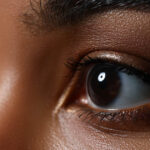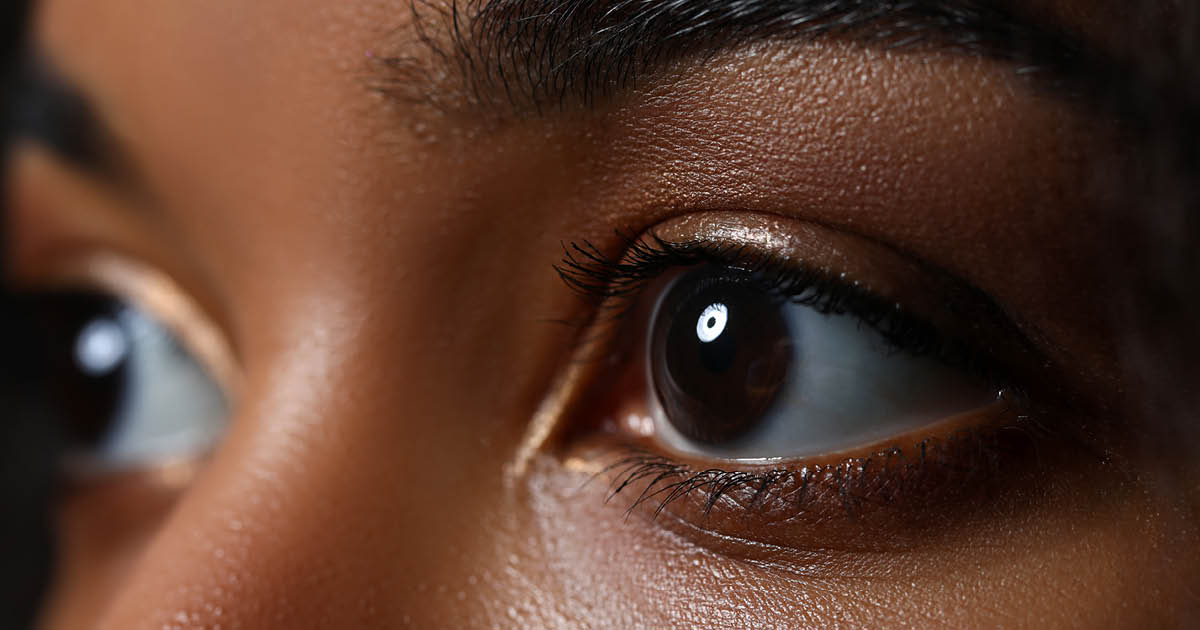October 08, 2025
2 min read
Key takeaways:
- The eye tracker yielded appropriately different blink measurements depending on user activity.
- The device could be used to inform blink-based biomarkers.
BOSTON — A wearable device designed for eye tracking has also shown promise in noninvasively measuring different aspects of blinking, which could be useful both in the clinic and for research, according to a speaker at Academy 2025.
“We know [blink is] an important feature, particularly for ocular surface disease, but what we don’t have is a good, standardized way of looking at blinking within a clinic setting or, indeed, outside of a clinic setting,” Michael Read, PhD, new technologies manager at Eurolens Research at the University of Manchester, said at an academy-sponsored press conference.

A wearable device designed for eye tracking has also shown promise in noninvasively measuring different aspects of blinking, which could be useful both in the clinic and for research. Image: Adobe Stock
Read and colleagues saw potential for a noninvasive way to measure blink characteristics when a new eyelid tracking feature was recently added to the Neon wearable eye tracking device developed by Pupil Labs. The spectacles use infrared cameras pointed at the eye that can track its position and measure the eyelid aperture opening at about 200 frames per second, according to Read.
“This was of great interest to us because we’ve been looking at an algorithm [for] laboratory-based imaging of the eyelids,” Read said. “In the laboratory, you’ve got people on chin rests and all the rest, and it’s rather invasive, so you can’t really reassure yourself that it’s a very natural blinking environment.”
To gauge how well the device was measuring blinks, Read and colleagues conducted a study in 10 healthy individuals. Each participant wore the device for two 5-minute activities on a laptop: playing a Tetris game and watching a nature documentary. The researchers compared their algorithm’s analysis of blinks in each scenario to see if it gave the expected output: lower blink quality in the cognitively demanding game task and higher blink quality in the passive viewing task.
“What our software does is it takes that output of that commercial instrument, reanalyzes it, identifies every single one of those blinks and then … [breaks] that down into the closing phase … and the opening phase … and then we can get a whole load of metrics from this,” Read said.
According to the results, the participants blinked every 7 seconds on average while playing the game, whereas they blinked every 2 seconds while watching the documentary.
“They’re so busy trying to get those [Tetris] shapes in, they’re … subconsciously shortening their blinks significantly. The amplitude is shorter. The blink completeness is worse,” Read said. “In contrast, with the documentary, we were seeing larger amplitudes, more complete blinking, and the velocity of the lids was higher. Normally when you have larger amplitude, you have larger velocity, and that’s indeed what we saw.”
The results suggest that the device helps mitigate the distracting, invasive aspects of laboratory assessments, making the process “so much more natural,” Read said.
“We think this could be versatile for research but also, down the road, a clinical tool to generate blink-based biomarkers for dry eye disease, those sorts of things, but also potentially for systemic disease and neurological conditions,” he said. “I think we’re seeing a time where technology’s coming into spectacles. … Phones capture a lot of health data now. Maybe spectacles will in the future as well.”










